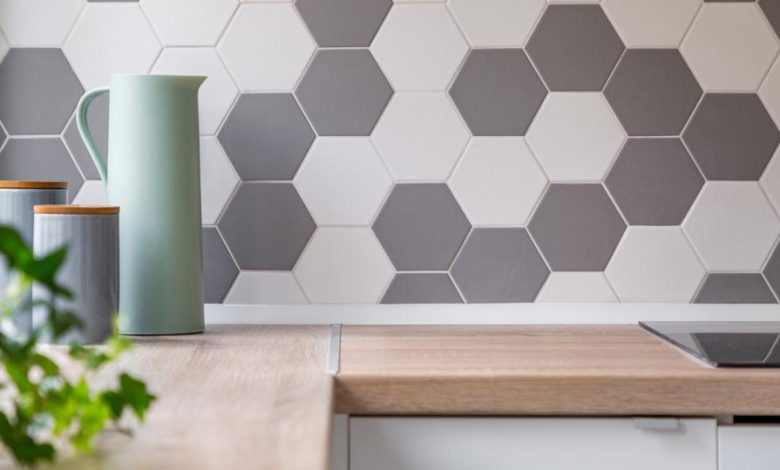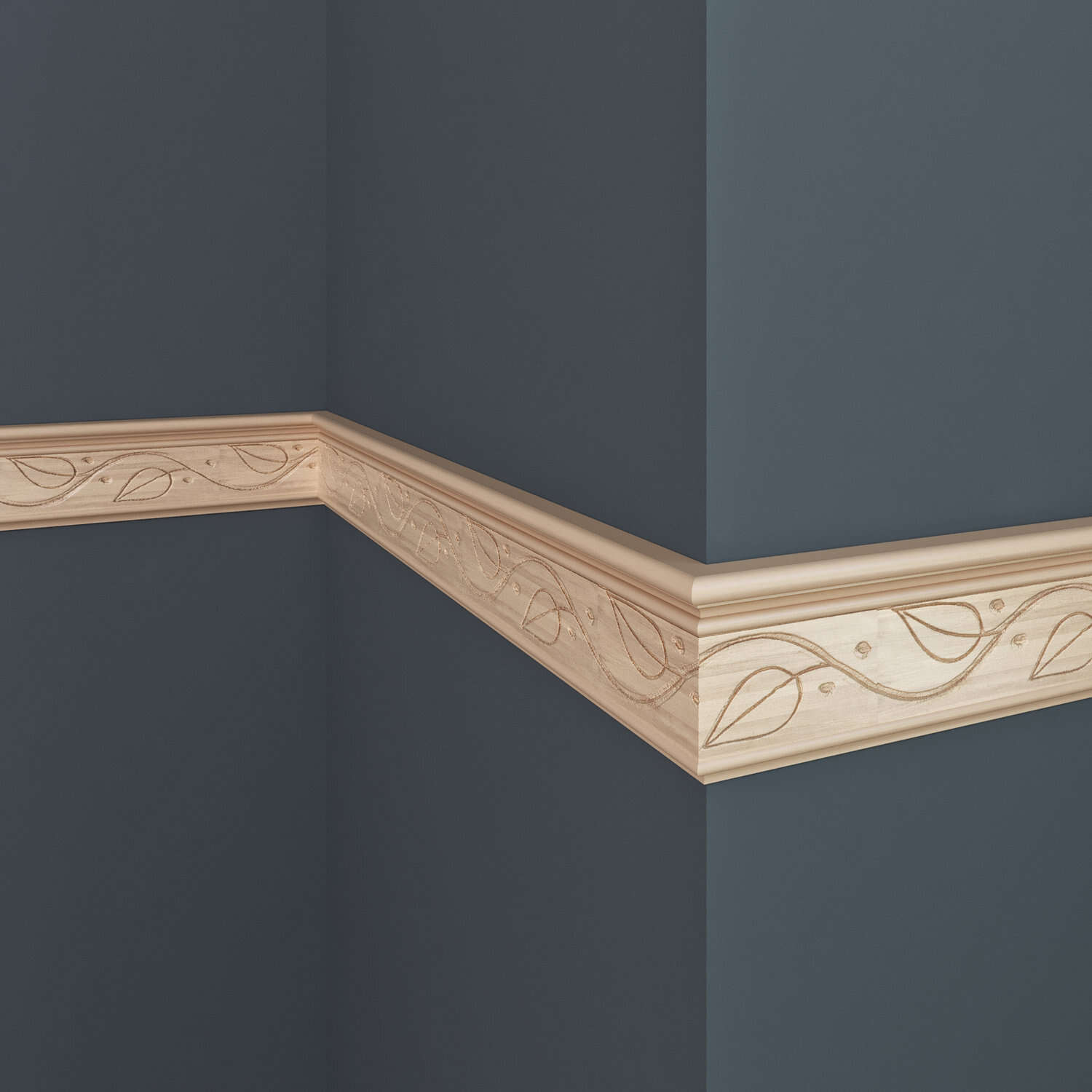7 Types of Corner Molding to Trim Any Tile Edge

Corner molding is an essential tile trimming product in any space where tiles will come into contact with other objects, like your floor and walls, or fixtures like sinks, tubs, and countertops. There are numerous options to select from, so it can be difficult to choose which corner molding will work best in your particular space.
Here are seven types of corner molding to trim any tile edge.
1) Pencil Liner
Trimming tiles are needed to round off sharp edges, smooth and cover harsh lines, and seal against moisture. Keep in mind that trim is not limited to the corners of a room; there are also different types of edging doorways and other openings.
Corner strip metal is used for framing around doors or windows. It can be used on outside corners as well as inside. Its flange will hang over the edge of the wall by 1/4 inch so that it helps prevent water from seeping behind the tile and structurally strengthens the joint between the two pieces. This type of trim is often used when tiling around an opening such as a window or doorway where you want a neat edge without any gaps.
2) J-Trim
Corner molding is one the most basic ways to trim tiles and can come in a variety of styles, shapes, and materials. One type is J-trim. This can be used as an edging or a decorative piece. It is easy to cut and install with a saw, drill, and some nails. The only time when it’s not needed is when tiles meet flush against other surfaces, making edging unnecessary. On all other occasions, corner molding tiles are needed to round off sharp edges, smooth and cover harsh lines, and seal against moisture.
3) Bullnose
Bullnose is the most popular type of trim, and for good reason. It’s easy to cut and install, it has a subtle rounded edge that’s pleasing to the eye, and it can be kakel hörnlist with any tile size. It also has a deep slope, which means water will run off rather than the pool at the base. Aluminum corner strips are often used with bullnose because they’re relatively inexpensive, durable, and waterproof (which makes them great in outdoor showers), and they come in a variety of colors.

4) Outside Corner
It is important to have the right tools, which include: a corner cutter, some sealant, sandpaper, and a wet rag. After you have chosen your corner strip plastic and your tiles, you can measure out the size needed and cut it with the end side being shorter than the other. Next measure out where you will place the piece. Now go ahead and apply your sealant. It is best to let it dry for 5-6 hours before continuing on with using it. Finally, install the trim and make sure everything fits correctly.
5) Inside Corner
Tile corner molding is the best way to round off a sharp tile edge and provide a clean and finished look. There are seven types of tile corner molding that can be used for this purpose: 1) beveled, 2) square, 3) bullnose, 4) ogee, 5) rounded bullnose, 6) ovolo, and 7) cove. Tile corners are an important component in any tile design and can make or break the look of a room.
6) Cove Base
Corner molding brass is a common choice for trimming tiles and other types of trim on countertops. Generally, it consists of an upright post with decorative shoulders and an overhanging top. Brass is commonly used because it’s sturdy and durable enough to deal with the rigors of a hörnlist 50×50 vit environment. Brass corners have sharp features that make them ideal for more contemporary styles, but you should also consider softer corners like PVC when working on more transitional or traditionally styled kitchen designs. Of course, there are many variations between these two styles that come down mainly to personal preference; picking one corner rather than another will be largely dictated by your design goals and your available budget.

7) Chair Rail
Trimming out the edges of your tiles is important to seal the tile off from moisture and smooth out any harsh lines. For decorative purposes, you might want to add a chair rail or molding for a more finished look. A common type of trim is composite deckings cheap which features straight sides with a curved top edge that complements many styles. It can be installed by snapping it into place with adhesive in between where you need it. Composite deckings cheap is lightweight and easy to install with few tools needed.
Read more: The One Crucial Step to Oiling Your Terraced Balcony



